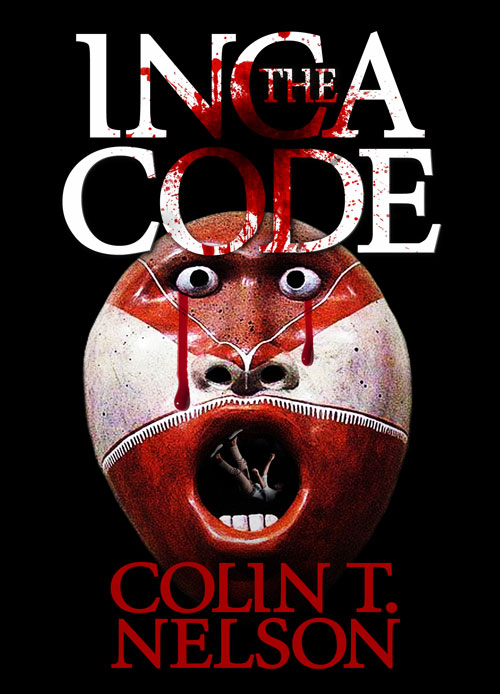 Everyone has watched TV shows like CSI and others that look at the forensic benefit of medical examiners and crime labs. It looks like sexy and fascinating work. Is it really? What do medical examiners really do?
Everyone has watched TV shows like CSI and others that look at the forensic benefit of medical examiners and crime labs. It looks like sexy and fascinating work. Is it really? What do medical examiners really do?
Because of the expense involved in setting up and running crime labs, there usually aren’t many in any state. The same is true of trained doctors to work as medical examiners. In Minnesota where I practice criminal law, there are three crime labs. Minneapolis (the largest city), Hennepin County (the largest county), and the state Bureau of Criminal Apprehension are the only three crime labs. And only the largest counties can afford to hire and maintain trained medical examiners.
Although crime labs and medical examiners work together, they have different roles. The crime lab will work on the physical evidence found at the crime scene. The medical examiner will concentrate on the dead body found at the crime scene. The labs can test for finger prints, footprints, fiber analysis, blood stains, tire tracks, firearm identification, bullet analysis, and, of course, DNA. Medical examiners will use the following techniques in their work:
1. Autopsy of the dead body
2. Try to make a positive identification of the body
3. Establish a cause of death to the victim
4. Use science to determine the time of death.
Before I go into each of these steps, the history of medical examiners is funny in many ways. In the 1200’s in England, the king established a “death tax.” Today, we still retain that but now we call it an “estate tax. It means the king would receive a tax payment based on the value of the dead person’s assets or estate. Of course, many wealthy families tried to avoid this by hiding the dead body. The king relied upon the county sheriffs to find the body and report back to the king. Unfortunately, the sheriffs were often friends with the family and would give the king wrong information.
The kings decided to hire their own help and called them coroners, after the Latin word for crown. The coroners found the bodies and determined if the person was really dead and how they died. That way, the kings could collect the appropriate taxes.
In the new country of America, we adopted the same system of coroners, most of them elected in each county. The problem was, like those in England, many of them weren’t trained to do the job. They could be farmers, mechanics, carpenters, and maybe even young people. (The youngest coroner in the United States was 18) By the 1800s it was obvious the system wasn’t working well. Instead of checking on dead people for taxes, now the job had become one of deciding the cause of death—was it an accident, natural causes, or was it murder? So, by 1860 many states required that the coroner be a medical doctor.
Today, almost all states have laws that require the coroner (since named the Medical Examiner) to be a trained, forensic pathologist. However, in Kentucky, they still have a constitutional requirement that the coroner cannot be elected if the candidate “has ever fought a duel.”
Next post, we’ll look at the work of a medical examiner.






